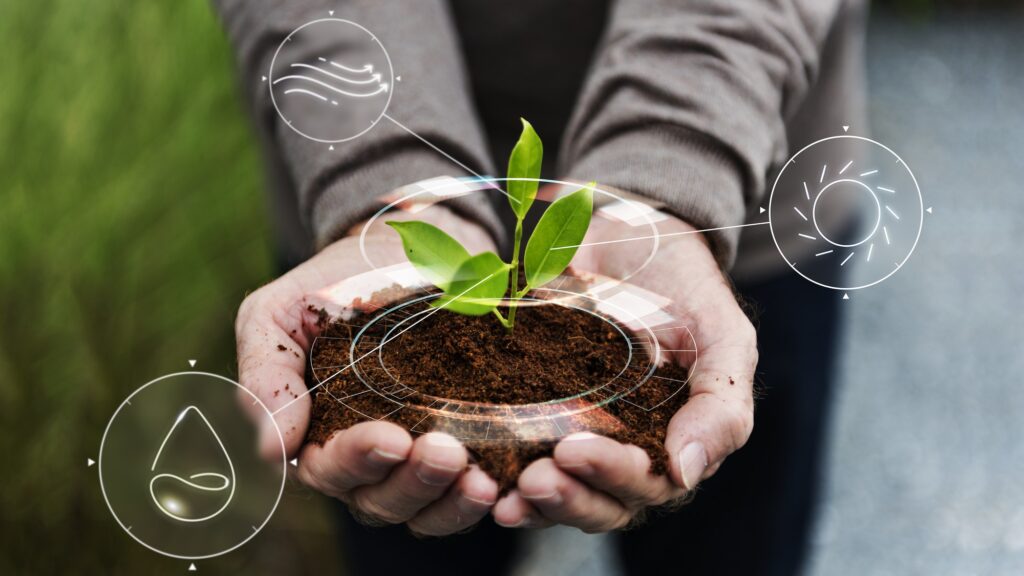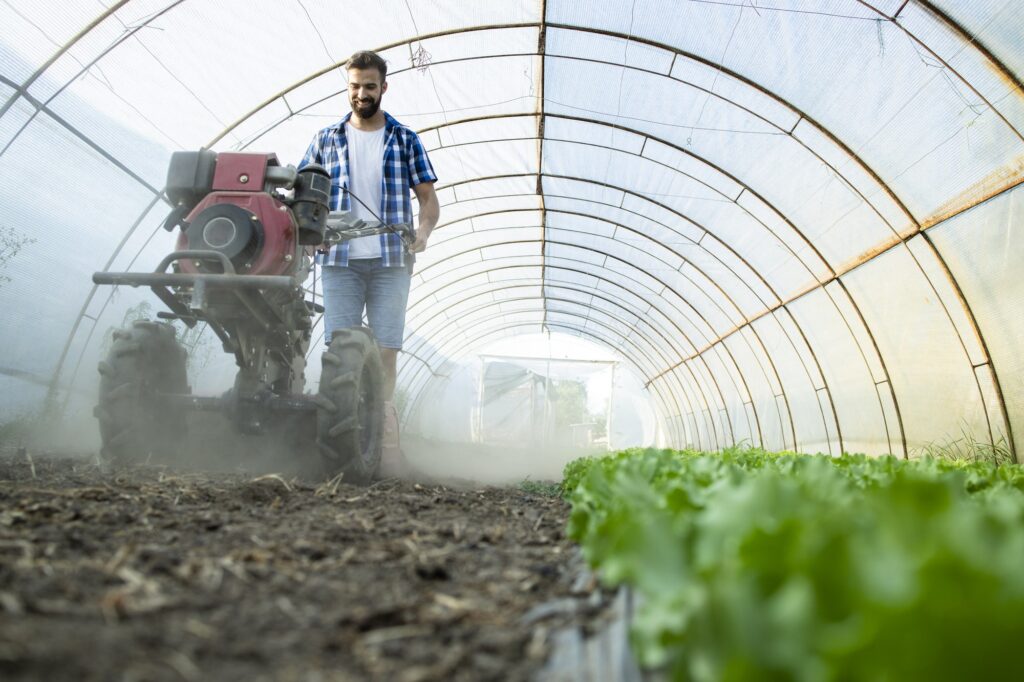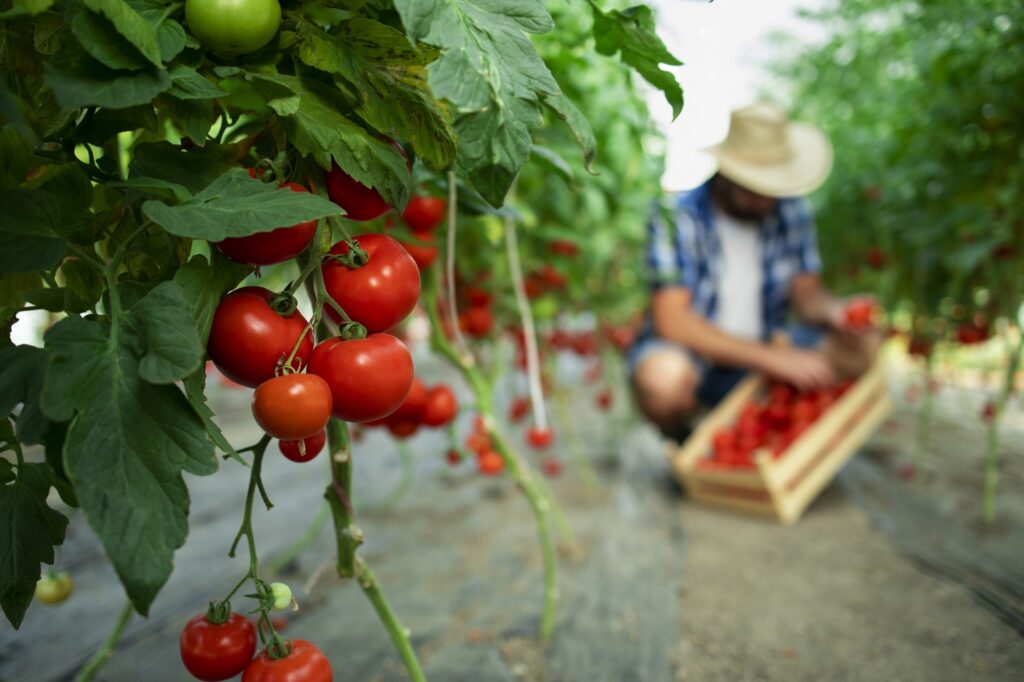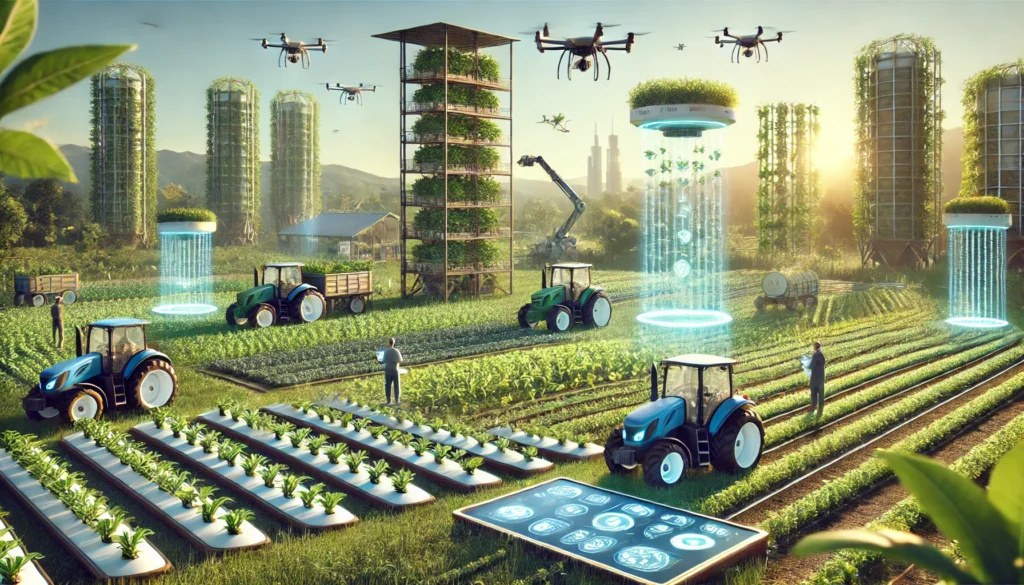Agriculture has been the backbone of human civilization for thousands of years. Over time, farming practices have evolved, driven by both necessity and technological advancements. As the global population continues to grow, the need for more efficient, sustainable, and innovative farming methods has never been greater. From the adoption of precision farming techniques to the exploration of alternative proteins, the future of agriculture is set to transform not only how we grow food but how we interact with the planet itself. In this article, we’ll explore some of the most advanced trends and technologies revolutionizing the agricultural sector, paving the way for smarter, more sustainable food production systems. 1. Precision Agriculture: A New Era of Data-Driven Farming Precision agriculture is an advanced farming practice that uses modern technologies to monitor and manage field variability in crops. It integrates the use of data analytics, GPS systems, sensors, and automated machinery to make more accurate decisions, increase crop yields, and reduce resource wastage. The benefits of precision agriculture are clear: it leads to cost savings, reduces environmental impact, and ensures higher crop productivity—all while minimizing the use of fertilizers, pesticides, and water. 2. Vertical Farming: Growing Up, Not Out As urbanization increases, available land for traditional farming is shrinking. In response, vertical farming has emerged as a promising solution to feed growing cities with minimal environmental impact. Vertical farming involves growing crops in stacked layers, often in controlled indoor environments such as warehouses or skyscrapers. Vertical farming isn’t just a trend—it’s a game-changer for cities struggling with space and sustainability concerns. This method of farming is also seen as a solution to food insecurity, particularly in areas where access to arable land is limited. 3. CRISPR and Genetic Engineering: Breeding Resilient Crops Genetic engineering has been a topic of debate for decades, but advancements in gene-editing technologies like CRISPR-Cas9 have opened up new possibilities for creating more resilient, high-yielding crops. CRISPR allows scientists to make precise edits to the genetic code of plants, helping them resist pests, diseases, and extreme weather conditions, or even enhance their nutritional value. While genetically engineered crops face regulatory challenges and public scrutiny, their potential to address global food security challenges cannot be overlooked. 4. Sustainable Livestock Farming: Reducing Emissions and Improving Welfare The livestock sector plays a significant role in global greenhouse gas emissions, contributing to climate change. However, innovations in sustainable livestock farming are helping to reduce emissions while improving animal welfare and food safety. Sustainable livestock farming seeks to balance the growing demand for animal-based products with the need for environmental responsibility and ethical treatment of animals. 5. Regenerative Agriculture: Restoring Ecosystems While conventional agriculture focuses on maximizing yield, regenerative agriculture aims to restore the health of ecosystems, improve biodiversity, and enhance soil fertility. It involves practices such as cover cropping, no-till farming, crop rotation, and holistic grazing. Regenerative agriculture offers a holistic approach to farming that goes beyond sustainability, aiming to leave the land in better condition for future generations. 6. Alternative Proteins: Shaping the Future of Food With the global population rising and the environmental impact of traditional animal farming becoming increasingly apparent, alternative protein sources are gaining traction. These include plant-based proteins, lab-grown meats, and insect-based foods. As alternative proteins become more mainstream, they have the potential to reduce the environmental footprint of food production while feeding a growing global population.




